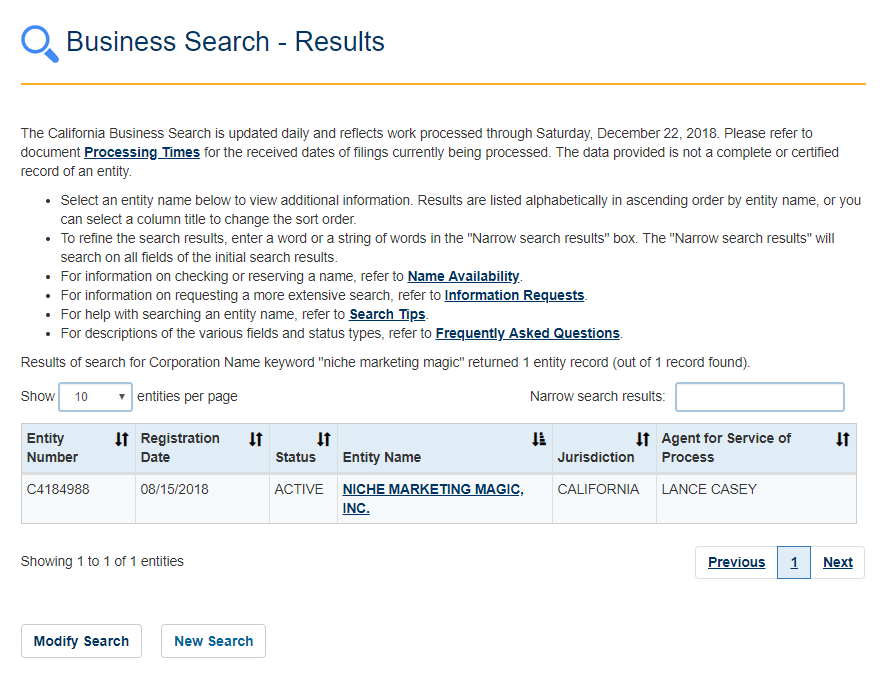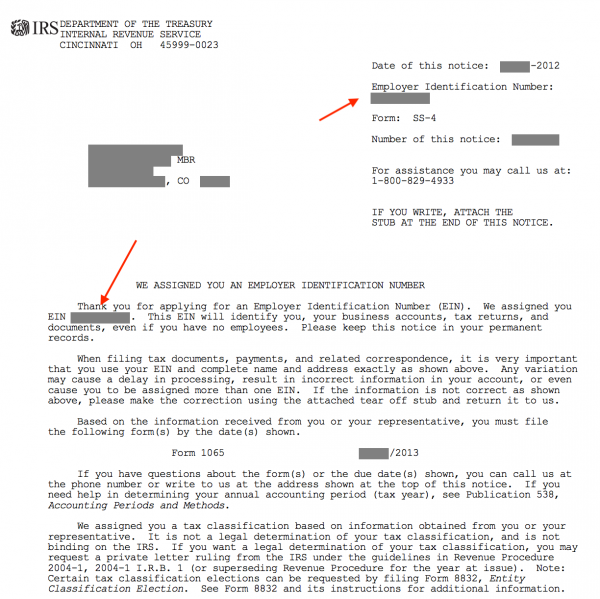

This work often included establishing Unix environments and functioning compilers for the C programming language on various 16-bit and 32-bit processors. Other architectures they worked on included the Digital Equipment Corporation PDP-11 and VAX-11, Motorola 68000, Intel 8086, Zilog Z8000, PERQ workstation, and Computer Automation 4/95. Tilson published a seven-page article in Byte magazine about their work on the NS16032 as a case study of doing a Unix port. "UNIX operating systems programming for hardware companies without UNIX expertise needing to bring UNIX to market quickly." Īs such, their customer space was in the original-equipment manufacturer (OEM) and value-added reseller (VAR) markets, including Control Data Corporation, NCR, Prime Computer, and National Semiconductor.
#DEPARTMENT OF CORPORATIONS CALIFORNIA LICENSE LOOKUP SOFTWARE#
In particular, as Baecker said in 2001 for a University of Toronto course he gave on software as a business, HCR's focus became doing The early history of Xenix has a sometimes unclear narrative, but by some accounts HCR had a greater role than just extending what Microsoft had done, as it had to take over the initial porting of the AT&T Version 7 Unix after Microsoft was unable to do so. As a result, some of Xenix was developed by Human Computing Resources in Toronto. In doing so, Microsoft gave HCR and Logica the rights to do Xenix ports and license Xenix binaries in those territories. Microsoft and SCO then further engaged HCR in Canada, and a software products group within Logica plc in the United Kingdom, as part of making further improvements to Xenix and porting Xenix to other platforms. Microsoft was working on its version of Unix, called Xenix, and in 1982 engaged with the Santa Cruz Operation (SCO) in this work, with the two companies' engineers working together on improvements. By one account, HCR was the second firm to support Unix commercially, following Interactive Systems Corporation in the US in 1977. This work began in 1979 when HCR acquired a license to resell Unix from Western Electric Co.

Human Computing Resources began to focus on writing software for the Unix operating system, which was starting to gain a foothold outside its Bell Labs founding place. īaecker maintained a part-time involvement in his academic career during this period. īy 1979 the new firm had begun exhibiting at the annual Canadian Computer Show and Conference in Toronto. In 1978 Human Computing Resources began giving courses in the Toronto area on computers for personal use – the Commodore PET – and for business. As Tilson said in a 1986 interview, "The company quickly discovered that the software industry was not a bed of roses." In 1979 the NewsWhole product was dropped. Despite newspapers seeing demonstrations of the product and liking it, they were unwilling to commit their businesses to a product from an unproven, very small software business. īut it also tried to establish a product business, with an effort underway by 1977 to try to market the NewsWhole newspaper layout product. An early customer for contract work was IBM. Human Computing Resources initially focused on information technology consulting and contract programming jobs. Mary Street, in a mid-century modern building just off Yonge Street in the Bay Street Corridor section of Toronto.

Location of the offices of Human Computing Resources Consulting and contracting Other Baecker students who later became well known in the Unix world included Rob Pike and Tom Duff, although neither worked at HCR. Īn additional co-founder was David Tilbrook, a student of Baecker's who had developed the interactive NewsWhole pagination system for The Globe and Mail, which became an early predecessor to desktop publishing. Īnother co-founder was Michael Tilson, who as a graduate student of Baecker's at the University of Toronto during the mid-1970s was one of the early pioneers of Unix adoption in Canada.

Baecker served as president of the new firm. Foremost among these co-founders was Ronald Baecker, an associate professor in the Department of Computer Science and Electrical Engineering at the University of Toronto and a significant figure and pioneer in the field of human–computer interaction. Human Computing Resources was founded in 1976 by several computer scientists at, and graduates of, the University of Toronto, with the aim of creating computer graphics and systems software.


 0 kommentar(er)
0 kommentar(er)
